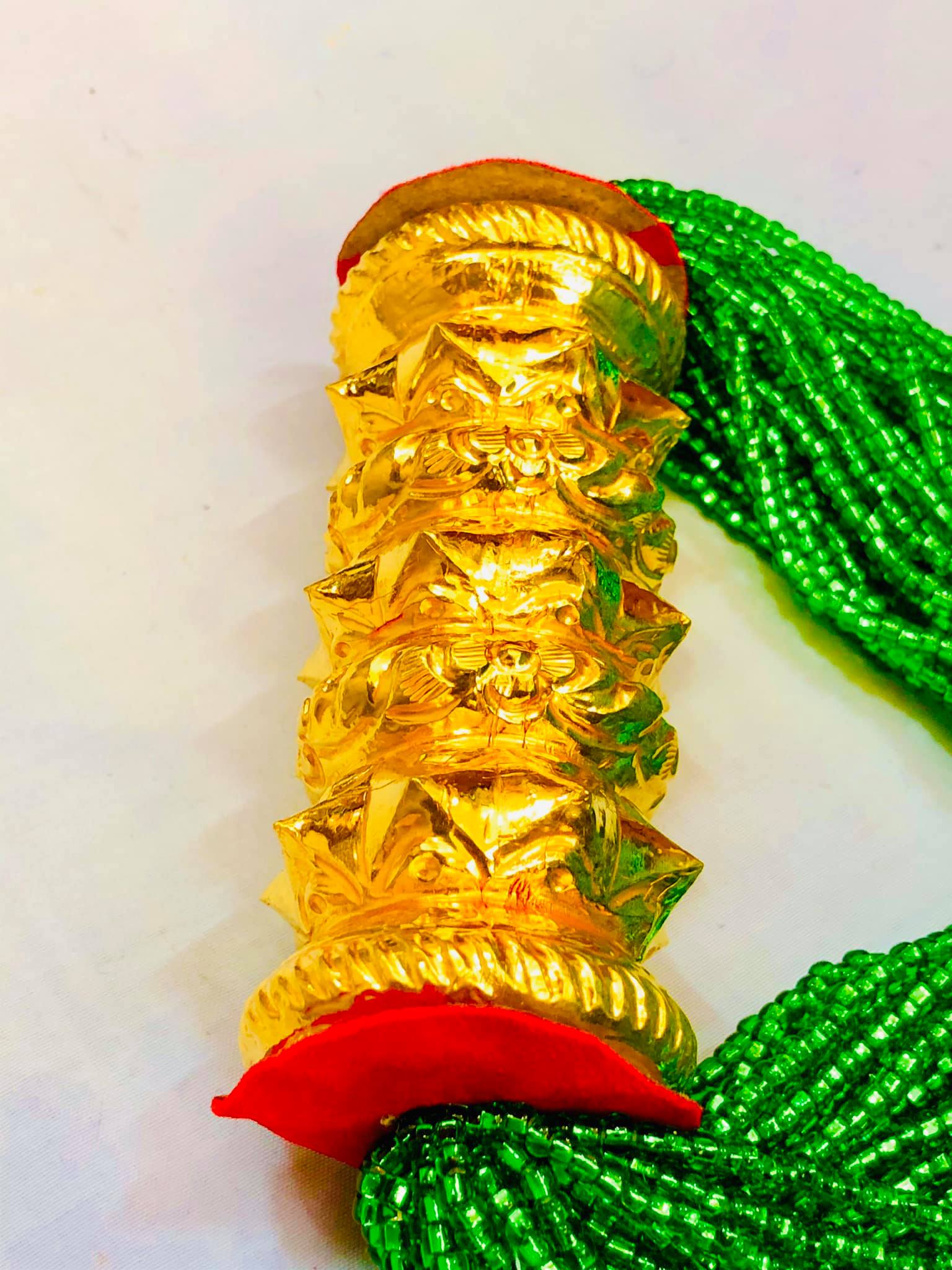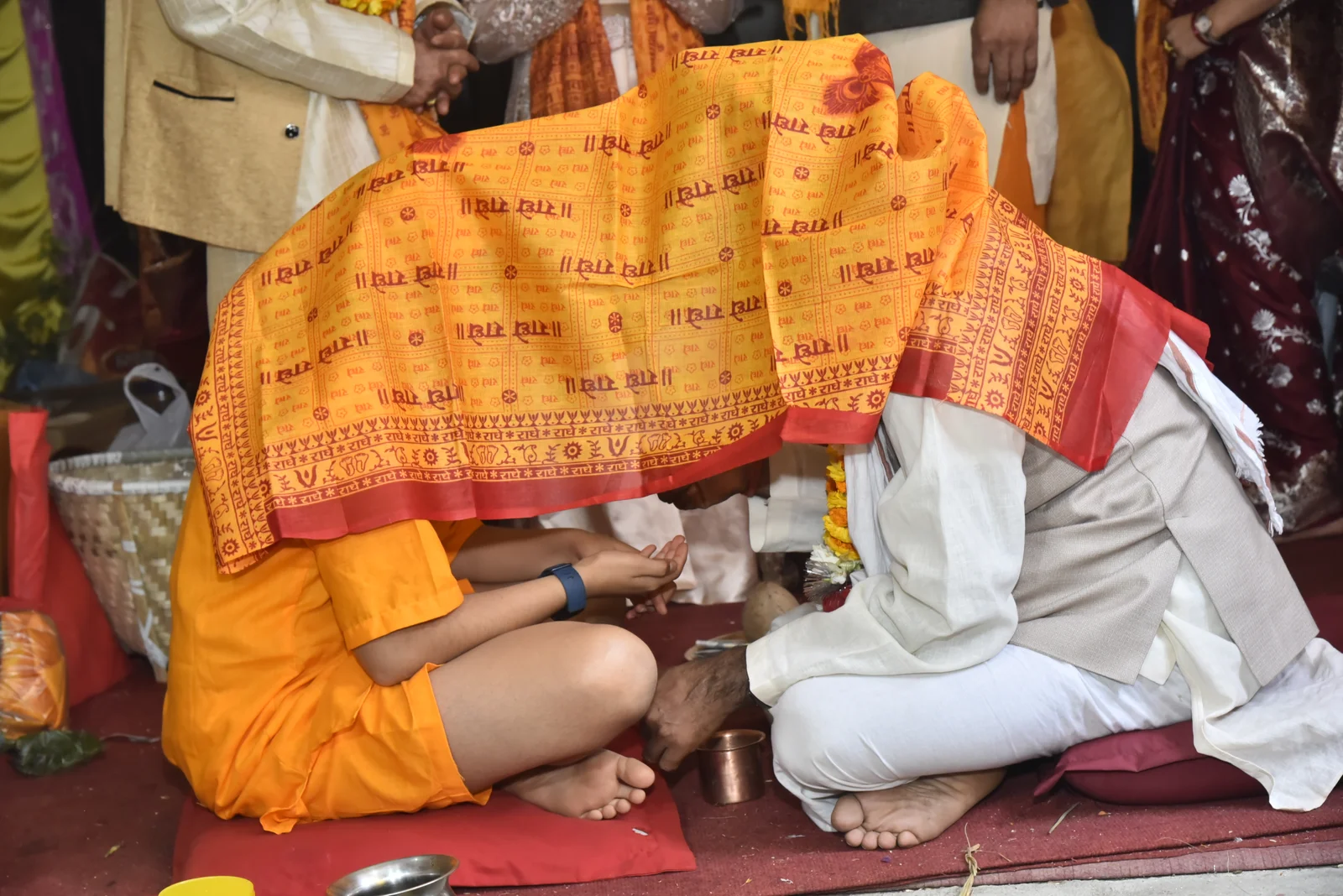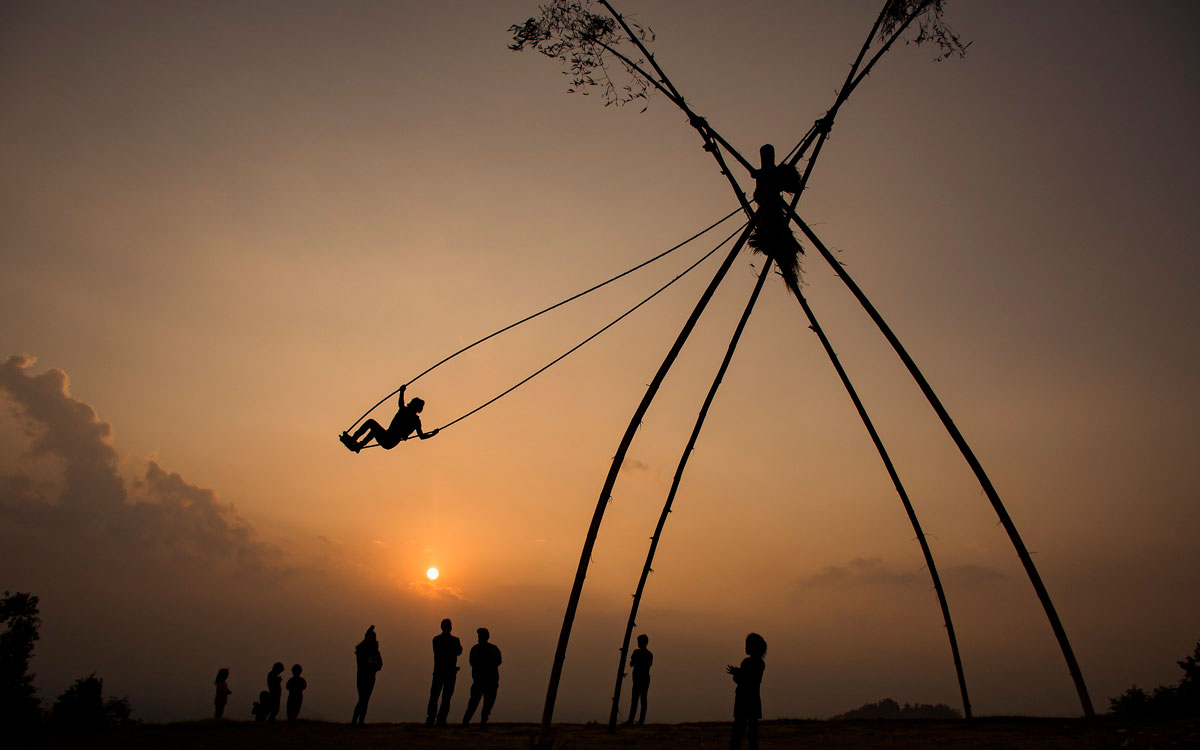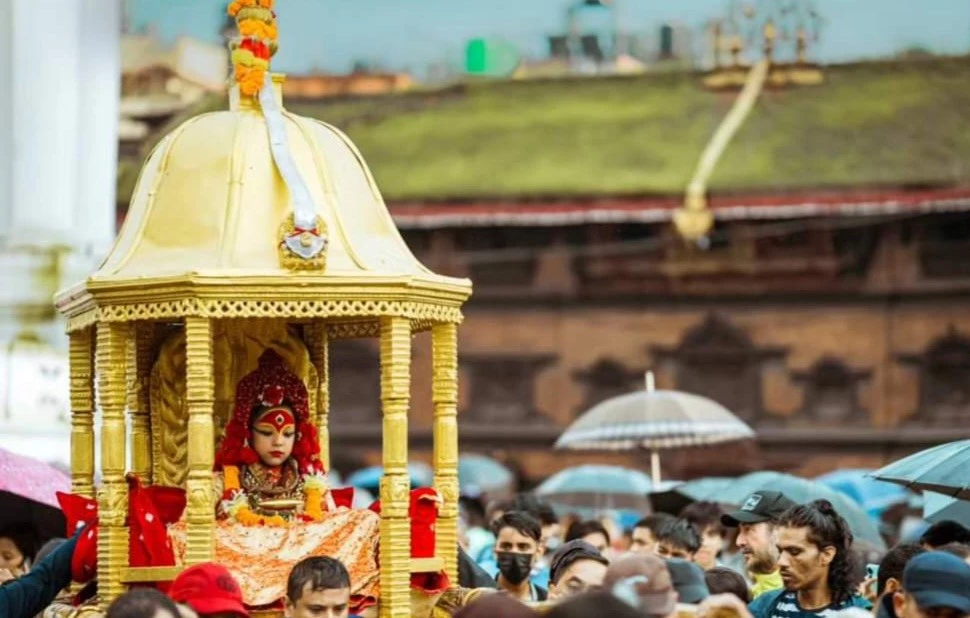Share this Article

Introduction
Tilhari is a significant and cherished ornament in Nepali culture, especially among Hindu married women. It is a long, cylindrical gold pendant worn with pote—a string of tiny glass beads, usually green, red, or yellow. Tilhari is not just an ornament but a powerful cultural and religious symbol of marriage, prosperity, and marital commitment. Its significance is deeply rooted in traditions and customs passed down through generations.
This article explores the history, cultural significance, variations, religious importance, and evolving trends of Tilhari in modern society.
The Origins and Historical Significance of Tilhari
The tradition of wearing Tilhari is believed to have originated centuries ago in Nepal and neighboring regions with Hindu traditions. It is closely associated with the Mithila, Newar, and Brahmin-Chhetri communities, where married women wear it as a mark of their suhag (marital status). The long gold pendant represents the blessings of Goddess Lakshmi, who symbolizes wealth and fortune, ensuring the husband’s long life and well-being.
Historically, Tilhari was handcrafted by skilled goldsmiths using pure gold, with intricate designs that varied based on cultural preferences. In ancient times, women primarily wore green pote with Tilhari, as green represents fertility and prosperity. Over time, the designs evolved, with different sizes, shapes, and additional embellishments introduced.
Cultural and Religious Significance
Tilhari holds deep cultural and religious significance in Nepalese society. It is a vital element of wedding rituals and festivals, symbolizing a woman’s commitment to her marriage and her husband’s well-being.
1. Symbol of Marriage and Love
Much like a mangalsutra in Indian traditions, Tilhari serves as a sacred thread for Nepali Hindu married women. It is gifted by the husband or in-laws to a bride as part of the wedding rituals. Wearing it represents a woman’s dedication to her husband and serves as a protective charm for her marriage.
2. Role in Teej Festival
One of the most prominent festivals where Tilhari is displayed with pride is Teej, a Hindu festival dedicated to Goddess Parvati and Lord Shiva. During Teej, married women wear red sarees, green pote, and Tilhari, fasting for their husband's long life and happiness. Women also sing, dance, and celebrate the strength of marriage during this festival.
3. Connection to Religious Rituals
Tilhari is also worn during other religious ceremonies such as Dashain, Tihar, and traditional pujas. In some communities, it is believed that a woman should not remove her Tilhari as it acts as a spiritual shield, protecting her husband from harm.
Variations of Tilhari and Modern Adaptations
While traditional Tilhari has remained a popular ornament, modern adaptations have also gained traction in contemporary society.
1. Traditional Tilhari
The traditional Tilhari is made from pure gold, with a cylindrical or elongated structure. It is often hollow or solid, and some designs include small engravings or religious motifs.
2. Modern Tilhari Designs
As jewelry-making techniques have evolved, modern Tilhari designs now include gold-plated versions, diamond-studded variations, and customized engravings. Many young married women today prefer to wear a lightweight, minimalistic version of Tilhari instead of the heavier traditional design.
3. Regional Variations
Brahmin and Chhetri women traditionally wear a single, long Tilhari.
Newar women sometimes pair Tilhari with other gold jewelry pieces, such as Tikma and Sirbandhi.
Madhesi communities incorporate Tilhari with multiple strands of red or green pote, making it a more elaborate ornament.
Tilhari: A Family Heirloom and Social Status Symbol
Beyond its religious significance, Tilhari is often regarded as a family heirloom, passed down from generation to generation. Many grandmothers and mothers pass their Tilhari to their daughters and daughters-in-law, making it a cherished possession with sentimental value.
In traditional Nepali society, the size and design of Tilhari can also indicate a family's social and economic status. Wealthier families often invest in larger, more intricately designed Tilhari made of 24K gold, while others opt for smaller or gold-plated versions.
The Role of Tilhari in Modern Society
With changing lifestyles and evolving fashion trends, the role of Tilhari has undergone modifications:
1. Contemporary Styling and Fashion Trends
Today, many working women and younger generations prefer lightweight and detachable Tilhari, which can be worn casually or only during special occasions. Some even opt for gold-plated or artificial Tilhari, making it affordable while retaining its cultural value.
2. Tilhari in Intercaste and Interfaith Marriages
As Nepalese society becomes more diverse, intercaste and interfaith marriages have increased. In such cases, some women still choose to wear Tilhari, while others modify the tradition by incorporating different cultural elements into their marital jewelry.
3. Influence of Globalization
With globalization and Western influences, traditional jewelry practices are slowly merging with modern aesthetics. Despite this, Tilhari remains an essential symbol of Nepali identity, worn proudly during major life events.
Preserving the Tradition of Tilhari
While modernization has influenced traditional practices, efforts are being made to preserve the heritage of Tilhari:
Revival of Handmade Goldsmith Craftsmanship: Traditional artisans and goldsmiths continue to create authentic Tilhari pieces, keeping the craft alive.
Education and Awareness: Cultural institutions and families encourage younger generations to understand and appreciate the significance of Tilhari.
Incorporation into Modern Jewelry: Designers are blending Tilhari with contemporary jewelry pieces, making it more appealing for modern women.
Conclusion
Tilhari is much more than just an ornament—it is a symbol of love, commitment, tradition, and identity. While modernization has introduced new variations and adaptations, its cultural and religious significance remains intact. Whether worn daily or reserved for special occasions, Tilhari continues to be an integral part of Nepali married women's lives, representing a deep connection to their heritage and marital bond.
As traditions evolve, so does the meaning of Tilhari, but its essence as a cherished marital symbol remains timeless.
Categories:
Culture & Traditions
Tags:
Tilahari
,
jewelry pieces







